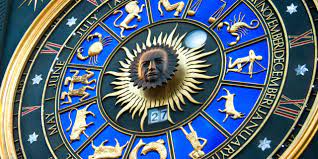Astrology, an ancient practice dating back thousands of years, continues to captivate and intrigue people around the world. It’s a system that suggests a connection between the celestial bodies and human experiences, offering insights into personality, relationships, and life events. While some view Natal Chart reading as a pseudoscience, others find profound meaning and guidance within its realms. Let’s explore the essence of astrology, its history, components, and its enduring influence on our lives.
The Historical Tapestry of Astrology
The roots of astrology can be traced to civilizations such as the Babylonians, Egyptians, and Greeks, who observed the patterns of the stars and planets. They believed that the movements of celestial bodies influenced human affairs, shaping destinies and character traits. Astrology evolved over time, integrating various cultural beliefs and methodologies, eventually spreading to different parts of the world.
The Foundations: Zodiac Signs and Birth Charts
At the heart of astrology lies the Zodiac, divided into twelve signs, each associated with specific personality traits, characteristics, and symbolism. The signs are determined by the position of the Sun at the time of an individual’s birth. The birth chart, also known as a natal chart, is a map of the sky at the moment of one’s birth, showcasing the positions of the planets and their relationships to the Zodiac signs and houses. This intricate diagram serves as a blueprint for understanding an individual’s unique cosmic makeup.
Exploring Planetary Influences
Astrology also assigns meaning to the planets’ positions within the Zodiac. Each planet symbolizes different aspects of life and personality traits. For instance, Mercury represents communication and intellect, while Venus signifies love, beauty, and harmony. The positions and interactions of these celestial bodies in a birth chart are believed to influence an individual’s behavior, strengths, weaknesses, and life experiences.


